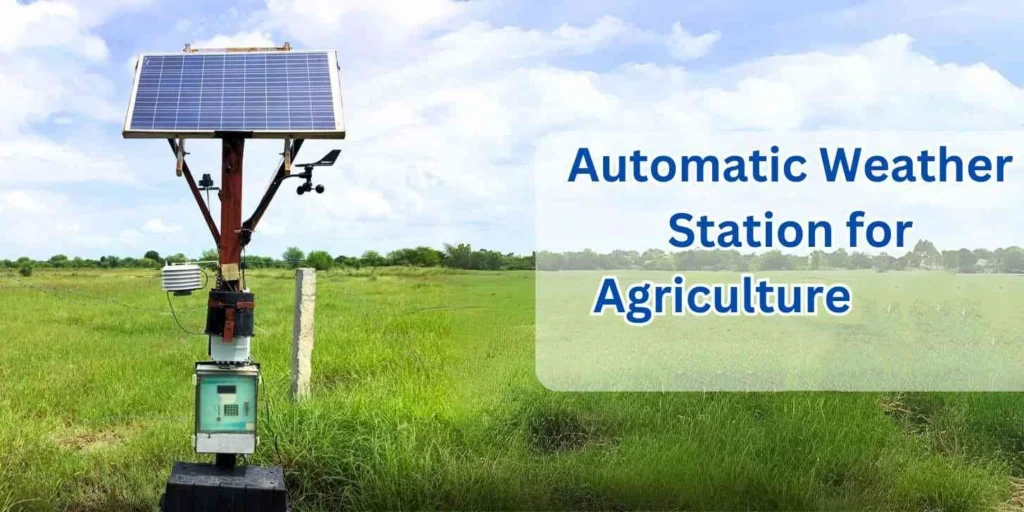
# Automated Weather Station: Enhancing Meteorological Data Collection and Analysis
## Introduction
In the realm of meteorology, the advent of automated weather stations (AWS) has revolutionized the way we collect and analyze weather data. These sophisticated systems have become indispensable tools for meteorologists, researchers, and even the general public, providing accurate and timely information about atmospheric conditions.
## What is an Automated Weather Station?
An automated weather station is a system that uses various sensors and instruments to measure and record meteorological parameters without the need for human intervention. These parameters typically include temperature, humidity, wind speed and direction, atmospheric pressure, precipitation, and solar radiation.
## Key Components of an Automated Weather Station
An AWS typically consists of several key components:
– Sensors: These are the primary data collection tools, measuring various atmospheric parameters.
– Data Logger: This device records the data collected by the sensors.
– Power Supply: Most AWS are powered by solar panels or batteries to ensure continuous operation.
– Communication System: This allows the station to transmit data to a central database or directly to users.
## Advantages of Automated Weather Stations
The implementation of AWS offers numerous benefits:
– Continuous Monitoring: AWS can operate 24/7, providing real-time data without interruption.
– Accuracy: Automated systems reduce human error, ensuring more reliable data.
– Cost-Effectiveness: Over time, AWS can be more economical than manual weather stations due to reduced labor costs.
– Remote Accessibility: Data can be accessed from anywhere, facilitating global weather monitoring and research.
## Applications of Automated Weather Stations
AWS are used in a variety of settings:
– Agriculture: Farmers use AWS to monitor conditions that affect crop growth and to optimize irrigation schedules.
– Aviation: Airports rely on AWS for up-to-date weather information to ensure safe takeoffs and landings.
– Disaster Management: AWS play a crucial role in predicting and monitoring severe weather events, aiding in disaster preparedness and response.
– Climate Research: Scientists use AWS data to study long-term climate trends and to validate climate models.
## Challenges and Considerations
While AWS offer many advantages, there are also challenges to consider:
– Maintenance: Regular maintenance is required to ensure the accuracy and reliability of the sensors.
– Data Management: The vast amount of data generated by AWS requires robust storage and analysis systems.
– Initial Investment: The upfront cost of setting up an AWS can be significant, though it is often offset by long-term savings.
## Conclusion
Automated weather stations have become a cornerstone of modern meteorology, enhancing our ability to collect and analyze weather data with unprecedented precision and efficiency. As technology continues to advance, the capabilities of AWS will only grow, further empowering us to understand and respond to the ever-changing dynamics of our atmosphere.
Keyword: automated weather station
